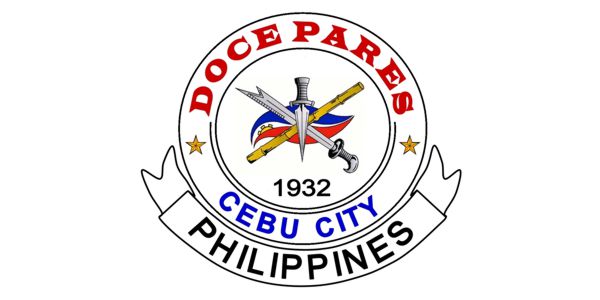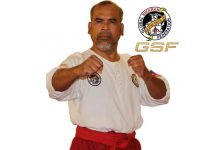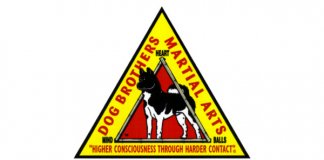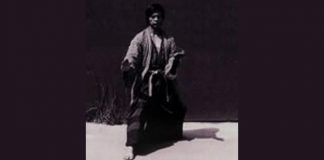Doce Pares is actually the conglomeration of various styles that each founding Master brought into the organization when it was formed in 1932. There is the Larga Mano of Eulogio Cañete, the Espada y Daga of Felimon Cañete and Jesus Cui; the Corto Linear of Teodoro Saavedra and later on of Venancio Bacon, Delfin Lopez and Timoteo Maranga; the Corto Orihinal and Media Largo of Felimon and Iluminado Cañete; the Hirada and Retirada of Vicente Carin and Ponciano Ybañez; the Mano-Mano and Baraw of Maximo Cañete and Jesus Cui; the Corto Kurbada and Abaniko of Ciriaco and Felimon Cañete respectively.
There were those who favored Corto (Close Range) while some favored Medium or Long Range and even Espada Y Daga (Long and Short Blade) as their specialty. Each style complimented one another and it was to the credit of the leaders of the group that, despite the varying styles and principles, they kept the organization together. Subsequently, members were taught the different styles of each original Master. Some people are misled even now about the real style of Doce Pares, because there is not one style. Through the years, some Masters have tried to put together and embody into one system, the varying principles and styles, and this is what the Doce Pares System is about. Still, there are those who maintain partiality towards a specific type of style (i.e.; Corto, Media Larga, Largo Mano, Espada Y Daga) and yet still remain, highly regarded exponents of the system.
It was in early 1970 when Diony was commissioned by his father Eulogio Cañete, the President of Doce Pares to study, prepare and formulate a program of instruction that would cover and comprehend all the component styles. The specific objective was to come up with a training curriculum that would give equal treatment and prominence to all the original styles and by all means to afford due honors and recognition to all the founding advocates. Hence the birth of the “Multi-Style” system which very much set well with Grandmaster Diony as he and his three elder brothers were among the very few who were fortunate to have learned all the original styles as brought into and introduced by the founding masters when Doce Pares was formed in 1932.
The component styles of the “Multi-Style” are:
All the three styles of Corto (Close Range), to wit:
Corto Linear (the traditional linear striking or a blade oriented type of striking)
Corto Kurbada (the wrist-twisting or snap-wrist, curving strike)
Corto Orihinal (featuring low, deep bent knee and wide stance which highly characterized the original Doce Pares close range style)
Media Largo (Medium Range)
Larga Mano (Long Range)
Espada y Daga (Short & Long Stick or Stick and Dagger)
Baraw (Knife Fighting Techniques)
Mano-Mano (Open Hand Fighting)
a. Sumbag-Patid (Punch and Kick)
b. Lubag-Torsi (Locks and Immobilization)
c. Layog-Dumog (Takedown and Grappling)
Doble Olisi (Double Stick)
Specialized Subjects:
a. Eskrido
b. Sinawali
c. Tapi-Tapi (Alive Hand)
d. Sayaw/Karanza (Forms)
All the above subjects are incorporated under the comprehensive 5-year training curriculum of the Doce Pares “Multi-Style” system. The program is taught only in schools authorized by Doce Pares International, the original Doce Pares organization and only one recognized by the government of the Republic of the Philippines, duly registered with the Securities and Exchange Commission as DOCE PARES INCORPORATED under Registration Certificate No. 1373.
Doce Pares International, California Chapter
Doce Pares International, California Chapter headed by Guro’s Ramon and Eva Rubia are the West Coast Directors of Doce Pares Eskrima and representatives of Grandmaster Dionisio Canete’s Doce Pares International Academy, Headquarters in Banilad, Cebu City, Philippines.
The objectives of the organization is to promote and propagate, the historical, cultural, indigenous Pilipino martial art of Eskrima from the Philippines through the curriculum of Doce Pares original “multi-style” system of Eksrima.
This “multi-style” system effectively develops realistic skills for self-defense through methods that incorporate the various distances of attack whether it be close, medium or long range.
Our approach towards teaching is different from other martial art disciplines, because we develop coordination through weaponry training by utilizing rattan sticks in variety of ways. Then apply the same movements or principles to empty hand applications.






